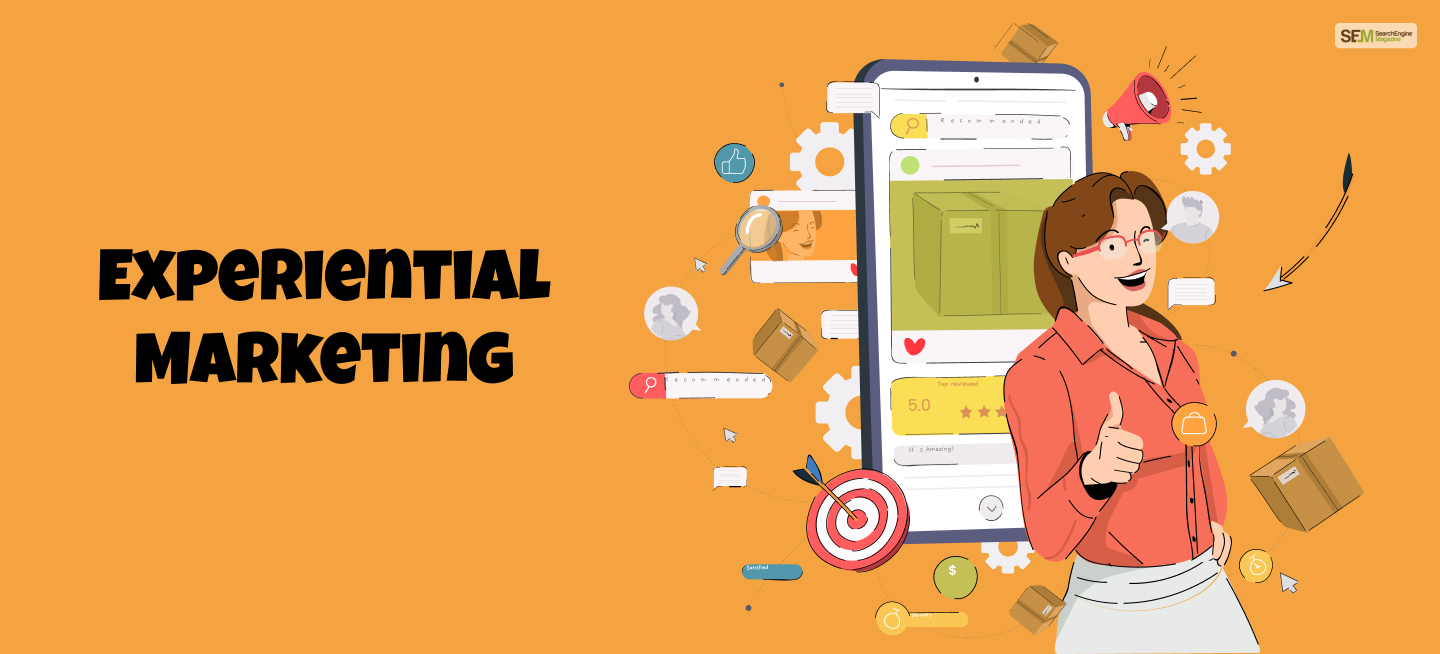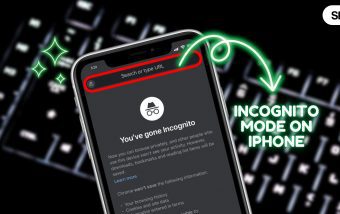Why Most Ecommerce Brands Misread ‘Low Traffic’ Product Pages (And How Smart SEO Agencies Fix It)
Dec 23, 2025

Dec 23, 2025

Dec 23, 2025

Dec 23, 2025

Dec 22, 2025

Dec 22, 2025

Dec 22, 2025

Dec 22, 2025

Dec 22, 2025
Sorry, but nothing matched your search "". Please try again with some different keywords.


Marketing is not just about selling products or services. It is also about creating memorable and meaningful experiences that connect with your customers and make them loyal to your brand. This is what experiential marketing is all about.
Read this post to learn more about experiential marketing and how to incorporate it into your digital marketing campaign.
Experiential marketing is a marketing strategy that involves creating immersive and interactive events or campaigns that engage your customers with your brand personally and emotionally.
It allows your customers to experience your brand’s values, benefits, and personality firsthand rather than just seeing or hearing about them through traditional media.
Some examples of experiential marketing are:
The main benefits of experiential marketing are:
To use experiential marketing effectively, you must follow these steps:
You need to have a clear vision of what you want to achieve with your experiential marketing campaign and how you will measure your success.
You should set SMART goals (specific, measurable, achievable, relevant, and time-bound) that align with your overall marketing strategy and business goals.
You need to understand your target audience, their needs, wants, challenges, pain points, how they interact with your brand and your competitors, and their preferred channels and platforms.
You should use market research, customer feedback, and data analysis to create detailed buyer personas and journey maps representing your ideal customers and their behavior.
You need to craft a compelling and unique message that communicates your brand’s identity, values, and benefits that differentiate you from your competitors.
You should use the 4 Ps of marketing (product, price, place, and promotion) to define your value proposition and how to deliver it to your customers.
You must select the most appropriate and effective format for your experiential marketing campaign based on your goals, audience, message, and budget. You should consider the following factors:
You must create and execute your experiential marketing campaign based on your chosen format and available resources.
You should ask yourself these questions and take action accordingly:
You need to track and analyze the performance and impact of your experiential marketing campaign and compare them with your goals and objectives. You should use a variety of metrics and Semrush alternatives to measure the following aspects:
Experiential marketing is a powerful and effective way to connect with your customers and make them be loyal to your brand.
By creating immersive and interactive events or campaigns that engage your customers with your brand in a personal and emotional way, you can create a lasting impression and a positive association with your brand, generate word-of-mouth and social media buzz, build trust and loyalty, and drive action and conversion, and strengthen your brand identity.
To use experiential marketing successfully, you must follow a systematic process that involves defining your goals and objectives, knowing your audience, creating your core message and value proposition, choosing your marketing format, creating and executing your experiential marketing campaign, and monitoring and measuring your results.
Following the tips and best practices in this post, you can create and execute an experiential marketing campaign that will connect with your customers and boost your business. Good luck and happy marketing!
Also read
Mashum Mollah is the feature writer of SEM and an SEO Analyst at iDream Agency. Over the last 3 years, He has successfully developed and implemented online marketing, SEO, and conversion campaigns for 50+ businesses of all sizes. He is the co-founder of SMM.
View all Posts
Why Most Ecommerce Brands Misread ‘Low Traf...
Dec 23, 2025
Twitter Marketing: How To Promote & Engag...
Dec 23, 2025
Reporting SEO: How To Create The Perfect SE...
Dec 23, 2025
Guide To Agile Certification Courses At Itsm ...
Dec 22, 2025
Why SimRigs Turn-Key Racing Simulators Are th...
Dec 22, 2025

